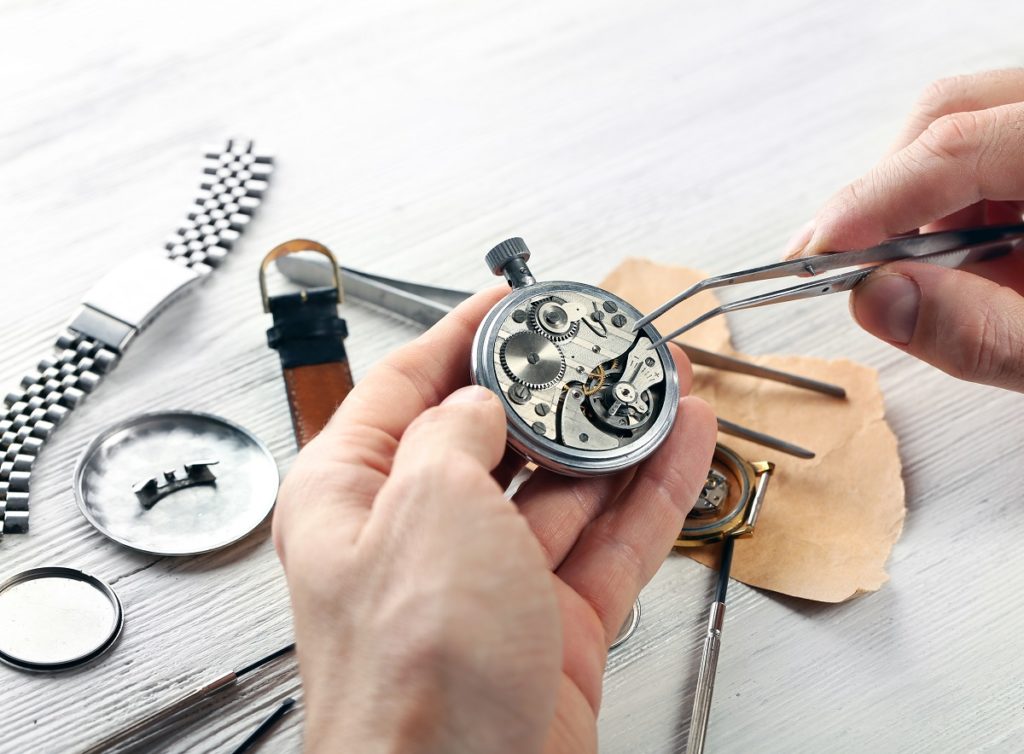Twists come to mind when talking about torsion springs. These springs are used in so many things without the knowledge of everyone. Here’s how torsion springs work and what they’re used for.
How Do Torsion Springs Function?
Torsion springs are helical springs used to store rotational energy when twisted. The spring exerts a force that is proportional to the amount of force being applied but in the other direction.
Each end of torsion springs is fastened to other parts. These parts rotate around the spring’s center, causing the spring to push them back to their initial position. The coils are pushed closer together when a force is applied to shorten the spring. This twists the coil into an even tighter spiral.
Despite its name, torsion springs are not subjected to torsional stress. Rather, they are subjected to bending stress. Notably, torsion springs function well when a tube or a rod is used for support.
Here are some terms that will help you better understand torsion springs.
- Free angle – It is the angle between a torsion spring’s arms when it is in the unloaded position.
- Mandrel – It is a shaft that enables a torsion spring to function.
- Angular Deflection – It is the amount of deviation from a straight line or other positions.
- Maximum Deflection – It is the maximum amount of angular deflection a spring can hold before the damage.
- Radius – The radius, which is often equal to half of the length of the leg, pertains to the bend radius where a load is placed to a leg.
- Leg Length – This refers to the length of legs as measured from the outermost part to the spring body’s axis.
- Torque – It is the twisting force that tends to cause rotation.
Also, torsion springs are either clockwise or counter-clockwise, depending on what they are used for. This brings up another topic about torsion springs—their uses.
What are Torsion Springs Used for?
 As mentioned earlier, torsion springs are more commonly used than most people think. Here are some of the major applications of torsion springs.
As mentioned earlier, torsion springs are more commonly used than most people think. Here are some of the major applications of torsion springs.
- Clothespins – Clothespins work through torsion springs. Without these springs, clothes pins would not be able to clamp.
- Door hinges – Different types of door hinges need torsion springs, be it garage doors or automobile doors. Torsion springs enable a door to go back to its original position.
- Clocks – You may not see it, but torsion springs are big in torsion pendulum clocks, as the name implies. It is the very component that suspends a wheel-shaped weight from the middle of the clock.
- Vehicle suspension – Vehicles cannot survive without torsion springs. These springs are the ones that absorb the shocks of the roads every time it goes over rough and bumpy roads, keeping you comfortable and safe.
Torsion springs are not the most visible component you see every day, but they are there. Based on the number of applications torsion springs have, it may be safe to say it is a necessity, for, without it, our basic needs cannot function, and without basic needs, nor can we function.
